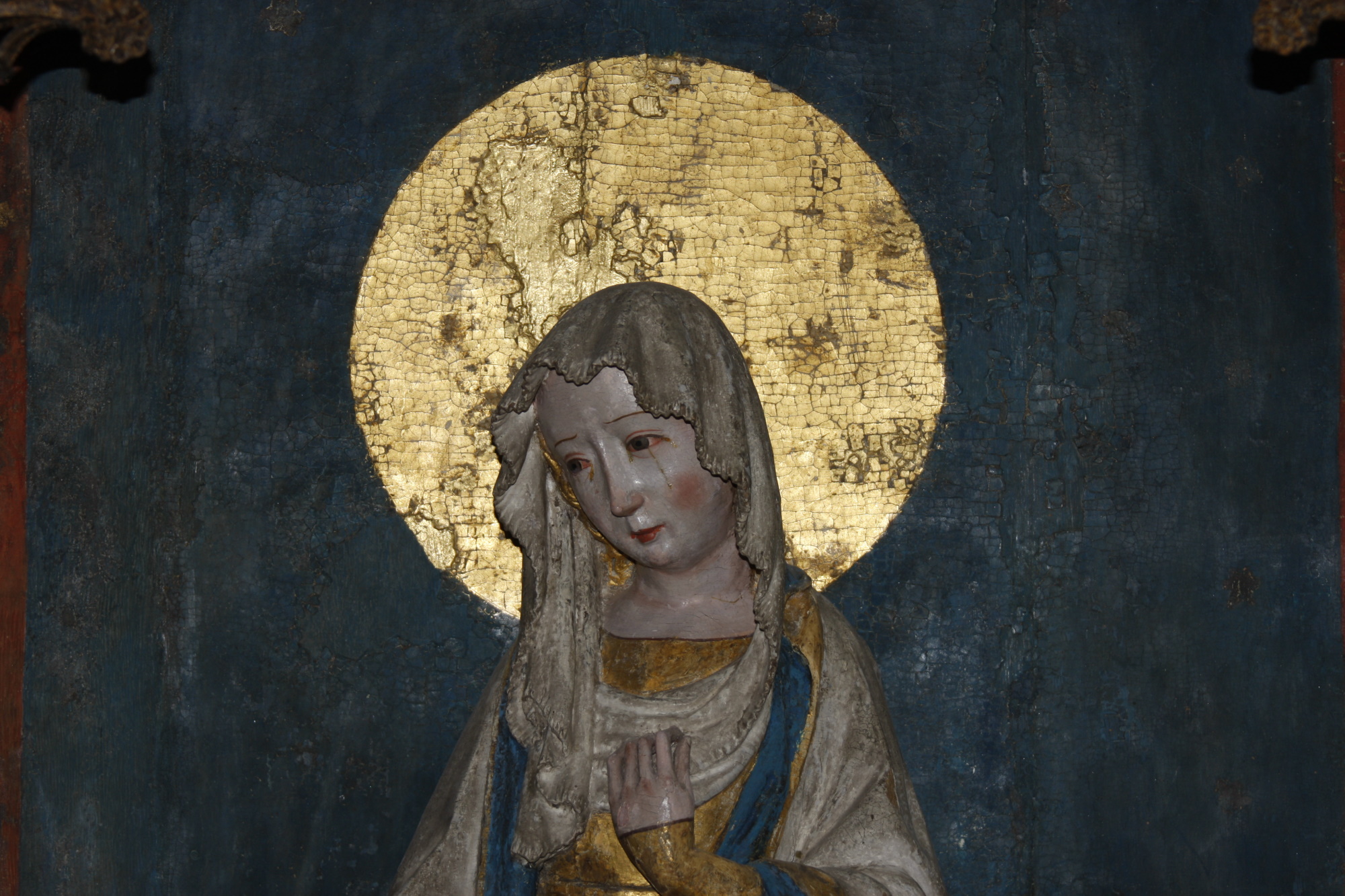The monastic life reflected in many ways important aspects of the human lives during the Middle Ages. For the people of that time, death was an ongoing reality in a way that we today have difficulties to completely understand. The Black Death certainly contributed to this mentality, but even if one did manage to survive these epidemics, the chance of celebrating one’s 60th birthday was relatively small. Even if nuns generally must have had a higher life expectancy than contemporary women, death was frequent in the convent – among both nuns and above all amongst sick, old, and wayfarers who arrived in search for sanctuary.
In case of death, a priest was called upon, and the dying woman had a chance to confess and receive absolution (forgiveness of sins). The priest also brought Holy oil in order to conduct the ceremony which today is known as the last rites. Originally it was meant to primarily cure the sick ones, hence the term “oleum infirmorum” (Anointing of the Sick). After death, a memorial service was arranged that lasted at least one night.
The funeral took place as soon as possible after death and opened with a requiem, which among other things consisted of the priest holding his funeral oration. After that he conducted the Absolution of the dead, “absolutio mortourum.” This meant that one prayed for the dead body, which was thereafter sprinkled with Holy water, blessed, and finally received absolution. After this the body was carried out of the church for the burial. In Askeby the dead nun was carried out from the gate of death, “porta mortuorum,” which leads into the sacristy. Chests were not used, but the body was carried out on a stretcher and was laid down directly into earth.
It also happened that noble people with connections to the church were buried inside the church, where the finest places were the ones closest to the altar. There are several examples of people buried inside the church. In 1299 the grandees, Nils Sigridsson, who donated a significant amount of money to the abbey, chose his own grave. He was an ancestor to the House of Natt och Dag.
But also people of lower social position could have their grave inside the church. This was the case with Håkan Jonsson in Gärstad, who in 1369 donated land to the abbey and courted the abbess and several nuns with personal gifts. In 1390 Sigrid Johansdotter bequeathed the homestead of Nelhammar in Ukna and had her own grave inside the church. Almost a hundred years thereafter, in 1477, Johan Bysse donated a homestead in the parish of Rystad, in exchange for his wife having her grave there. Exactly where in the church the latter were buried is not known, but we can be sure this was not in the more “official” places.
